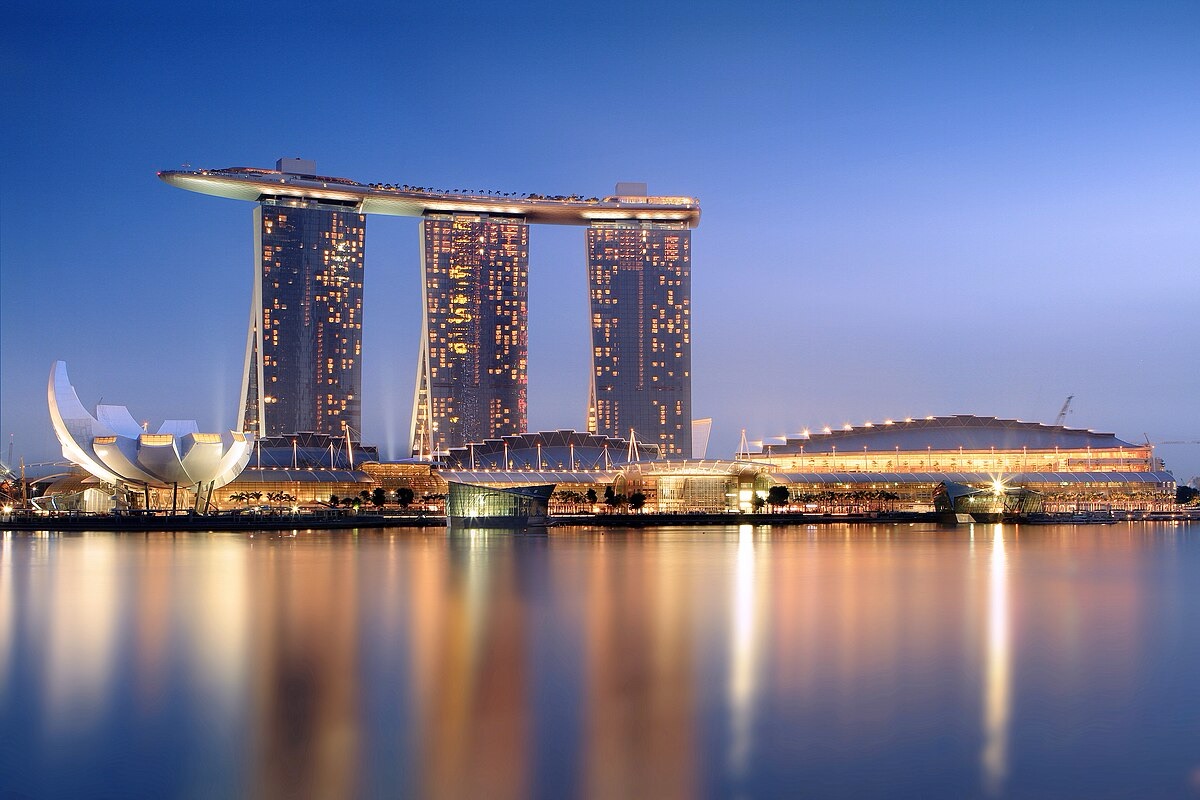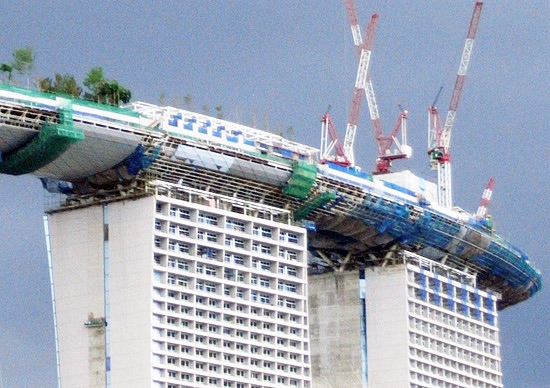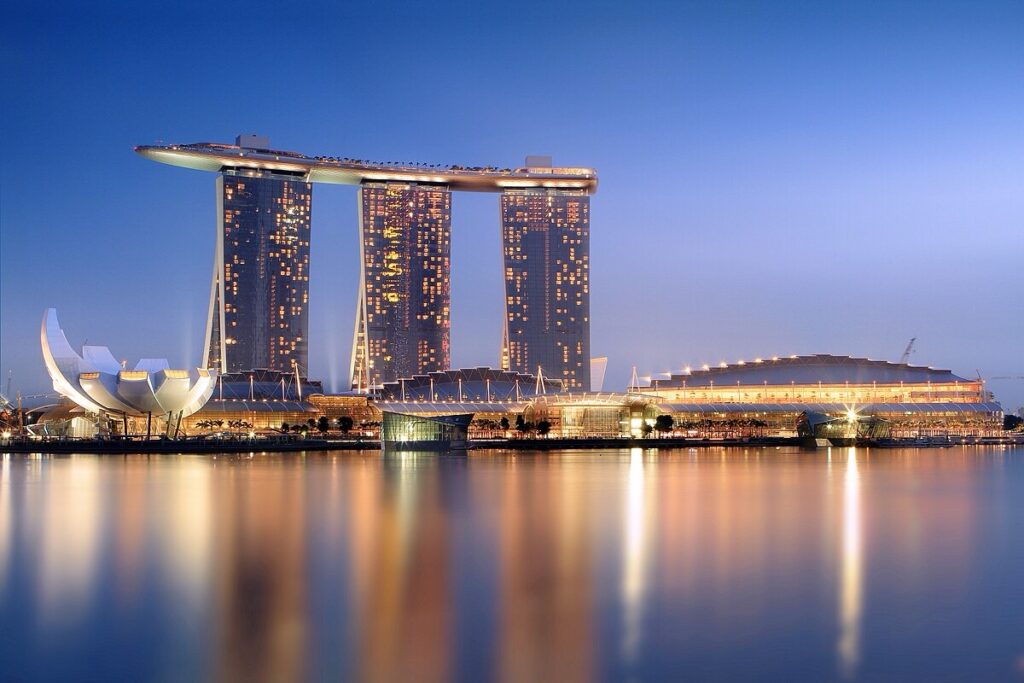
Marina Bay Sands isn’t just a five-star destination—it’s a global icon. With its futuristic design and gravity-defying silhouette, it captures the essence of modern Singapore. But few people know the depth of strategy, engineering, and sustainability that went into its creation. These 10 wonders unveil the untold story behind the landmark that changed Asia’s skyline.
1. The Vision Was Born From a Deck of Cards
The iconic design was inspired by shuffled playing cards, reflecting both movement and metaphor. Renowned architect Moshe Safdie envisioned a property that could bring luxury, complexity, and cultural symbolism into one fluid structure.
2. Built on Reclaimed Land
Constructed on reclaimed land from Marina Bay, the foundation posed immense challenges. Special techniques like deep piling and stabilization were needed to ensure the three towering structures could safely support their weight.
3. It Took Over 50,000 Man-Hours Just to Design the SkyPark
The SkyPark—which is longer than the Eiffel Tower laid on its side—required more than 50,000 man-hours in design. At 340 meters long and weighing over 7,000 tons, it floats above the towers in a near-miraculous engineering feat.

4. Engineering It Was Like Solving a 3D Puzzle
Because of its tilted towers and unique curvature, no two floorplates are identical. This required bespoke engineering on each level, with custom fabrication and robotic surveying to ensure architectural accuracy.
5. A $1 Billion SkyPark That Defies Gravity
Stretching across three towers, the SkyPark includes the world’s most famous rooftop infinity pool, lush gardens, restaurants, and an observation deck. It cantilevers 67 meters outward, creating a floating effect that’s as breathtaking as it is bold.
6. The Project Faced Over 30 Major Design Revisions
Marina Bay Sands underwent over 30 significant redesigns. Each iteration addressed structural loads, wind resistance, safety protocols, and aesthetic refinements—ensuring nothing short of perfection.
7. Construction Involved Over 16,500 Workers
Over 16,500 workers helped build Marina Bay Sands during its four-year construction period, which began in 2006 and completed in June 2010. It remains one of the most ambitious and labor-intensive resort projects in Asia.

8. Designed to Withstand Earthquakes—Even Though Singapore Rarely Has Them
The SkyPark incorporates seismic joints and flexible connectors that allow it to sway with wind or seismic activity—even though Singapore lies outside any major earthquake zones. Engineers prepared for every possibility.
9. Sands SkyPark’s Pool is the World’s Longest Elevated Infinity Pool
The SkyPark pool—reserved only for hotel guests—holds 1.42 million liters of water and runs 150 meters in length. It’s the highest infinity pool on Earth, offering skyline views unmatched anywhere else.
10. It’s a Leader in Environmental Sustainability
Though a symbol of opulence, Marina Bay Sands is also a model of eco-conscious design. It received Global Sustainable Tourism Council (GSTC) recognition and has implemented dozens of energy and water-saving features:
Rainwater harvesting systems to irrigate its rooftop gardens Motion-sensor lighting in public spaces and guest rooms Chilled water systems to optimize cooling throughout the hotel Over 5,000 sensors to monitor air quality, temperature, and energy usage LEED® (Leadership in Energy and Environmental Design) certification for multiple areas of the property Food waste digesters and recycling programs for sustainable kitchen operations A Solar Energy Initiative that powers its ArtScience Museum with renewable source.

Marina Bay Sands proves that luxury and environmental responsibility can coexist in one architectural masterpiece.
Marina Bay Sands is more than a resort—it’s a revolution in design, sustainability, and storytelling. From its engineering marvels to its green initiatives, it redefines what it means to build for both beauty and the future.





